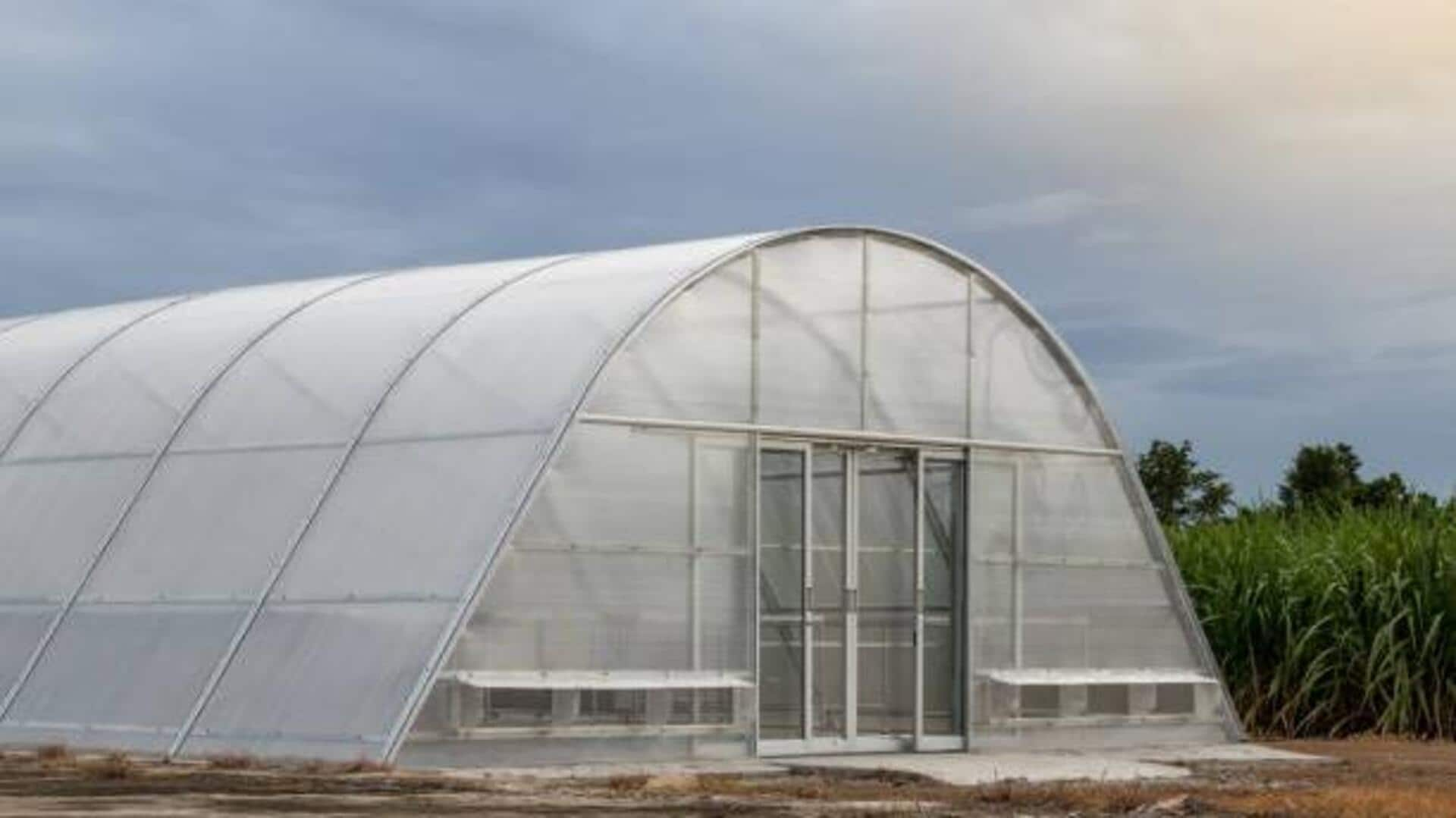
DIY: How to make affordable solar dryers
What's the story
Making affordable solar dryers from local materials in Africa can greatly improve food preservation and eliminate post-harvest losses. These dryers use solar energy to dehydrate fruits, vegetables, and other produce, making them last longer without any electricity. Using readily available resources, communities can build inexpensive solutions to further food security and sustainability. Here are practical insights into making these indispensable devices without breaking the bank.
#1
Selecting suitable materials
Choosing the right materials is key to building an effective solar dryer. Locally available items such as wood, bamboo, and recycled metal can act as the main frame. Transparent plastic or glass sheets are perfect for covering the structure to let sunlight in while trapping heat. Using locally sourced materials not only cuts down costs but also boosts community economies by employing local suppliers.
#2
Designing efficient structures
The design of a solar dryer should maximize exposure to sunlight while ensuring adequate airflow for moisture removal. A sloped roof helps direct rainwater away from the drying chamber and enhances sun exposure throughout the day. Ventilation holes or mesh panels on opposite sides of the dryer facilitate cross-ventilation, which is essential for efficient drying processes.
#3
Assembling with basic tools
Assembling a solar dryer only needs basic carpentry skills and tools such as hammers, nails, saws, and screwdrivers. Community workshops or training sessions can empower people with the skills to build these dryers on their own or in a group. Encouraging skill-sharing within communities promotes self-reliance and ensures more people benefit from this tech.
#4
Maintenance tips for longevity
Regular maintenance can extend the lifespan of a solar dryer by a lot. You can check the joints for stability, clean the transparent covers for maximum sunlight penetration, and check the ventilation pathways. Repairing any damage immediately prevents further deterioration and keeps it efficient with time. Involving community members in routine maintenance ensures collective responsibility for shared resources.